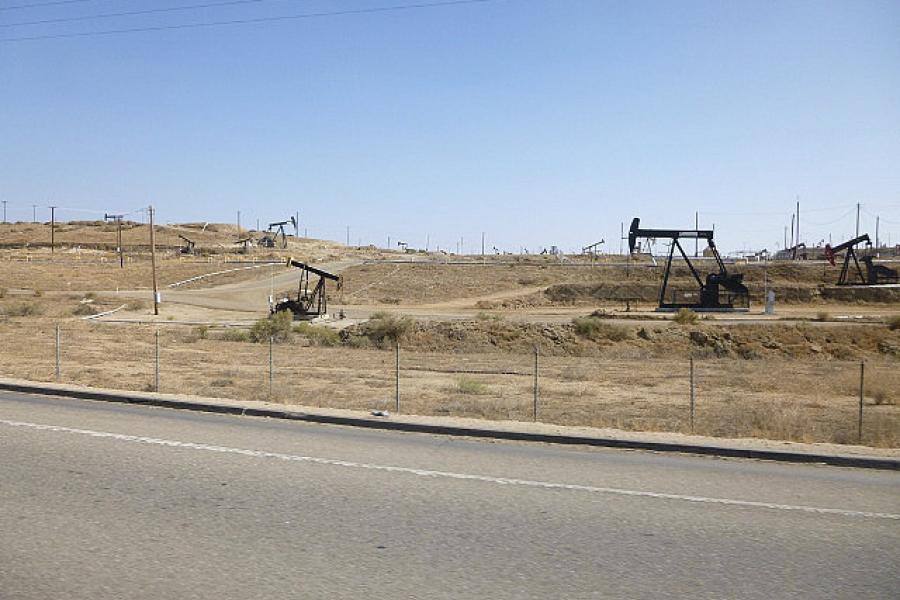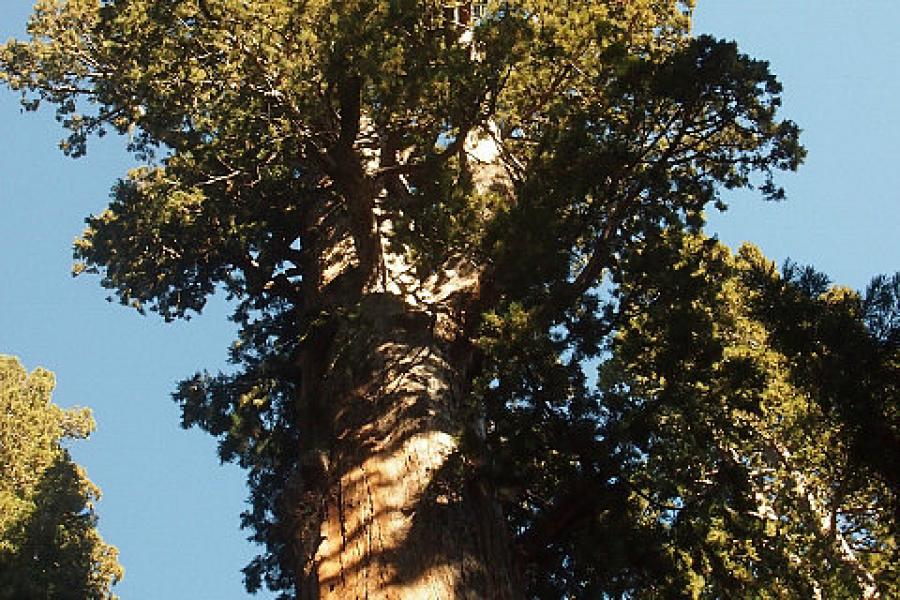California 49 and the Sierra Nevada parks (Originally Posted 22 Oct 2013)
Country
After our escape from the chilly mountain retreat of Lake Tahoe, we returned to the fertile valley. This brought us back to an orderly grid of roads and cropping producing a vast array of fruit and vegetables. So much is grown here that California alone is the world's fifth largest agricultural exporter. As fascinating as this amazing fecundity is, the long central valley of California is no place for Team Elephant. The roads are straight, flat and dusty. The traffic is heavy and the towns close together and congested. With the mountains snowy, the valley dusty, and the parks still closed by the US Government shut-down, we needed a new focus. Fortunately, in the US, there is always a new focus!
Thanks to our usual lucky lack of planning, we found ourselves at a crossroads with the road known as California 49. This narrow, winding track runs through the foot hills of the Sierra Nevada starting at Vinton in the north. It is the original route of the “49ers”, the flood of aspiring gold miners surging into California after gold was discovered in 1848. Many of the towns along the road trace their history back to the Gold Rush. Many have well presented community museums, notable historic buildings, great stories from a turbulent time and enthusiastic volunteers to bring it all to life. Although there are some cutesy tourist places to be avoided, the history is close by all along the road. The observant traveller will notice the ground along the creek lines still scared from digging or hydraulic mining, the back streets of many towns have wonderful period houses and even the names of the towns carry a story. We over-nighted in the town of Sonora, named by Mexican miners in honour of Sonora, Mexico.
By the time we reached the end of California 49 at Oakhurst, the Federal Government (the US one) had resolved its financial impasse and the national parks were again open. We turned to the mountains again, paid our $20 and launched Elephant into the twisting roads of the King's Canyon and Sequoia National Parks. The pictures tell the story. The parks are spectacular. And, of course, we discover the difference between the Coast Redwood (Sequioa sempervirens) and the Sierra Redwood or Giant Sequoia (Sequoiadendron giganteum). The short answer: Redwoods are taller, Sequioas are fatter!
By the time we had sorted out this important arboreal difference we had worked out that there are some spectacular motorcycle roads running along the Sierra Nevada. So, we planned our route south to Bakersfield through the rural back-roads avoiding anything resembling a large town. We climbed through a series of saddles on the mountain spurlines, then settled to an easy roll through grazing land burnt bare at the end of a seven year drought and rolled into Bakersfield through the oil field that gave the town its purpose. We had already covered about 250 km of tight, slow roads but our day wasn't over just yet. After ditching our gear at a cheap hotel, we met up with Jim and Myra whom we had met in Santa Barbara a couple of weeks before.
After a quick chat we were off again along one of Jim's favourite roads running beside the Kern River. Jim knew this road well and I am sure our steady pace held him up a little. With the last of the light we parked and secured the bikes then walked down a narrow track to some hastily built ponds where hot mineral springs were captured and cooled. There were a few others already present, but there was enough room in the pools for everyone. After a long day in the saddle the hot mineral rich water was a delight. By the time I stepped out into the cool night and pulled on my dirty, sweaty, smelly riding gear it had been a long day. After bidding Jim and Myra goodbye we rambled back to Bakersfield to set about a late night steak dinner at a diner near our hotel like the hungry folk we were. Considering our makeshift plan, we had managed to enjoy a very fine week and satisfied ourselves that the Bakersfield locals had a few secrets worth discovering.



































